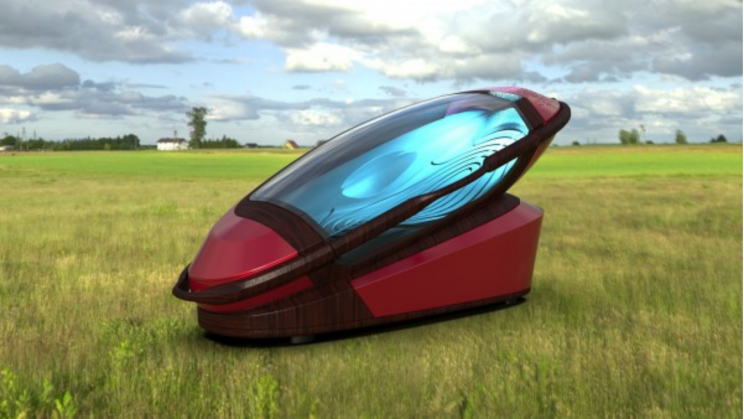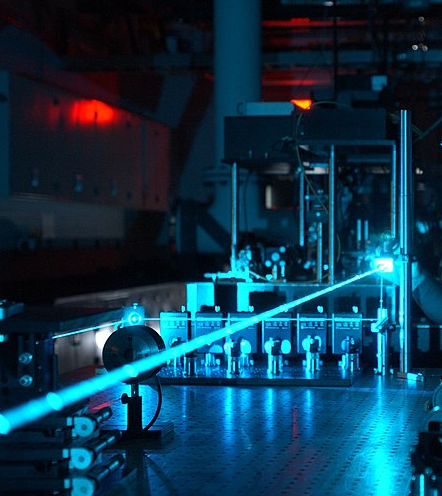Plastic pollution is one of the most popular sources of environmental problems today. In fact, each year, millions of this plastic waste ends up in landfills and oceans. And when that happens, it becomes difficult to degrade.
The good news is that you can reduce the environmental impact of plastics by using High-Density Polyethylene (HDPE) bottles. These bottles are eco-friendly solutions as they are recyclable. Read on to learn more about them.
Understanding HDPE: What Makes It Eco-Friendly?
As mentioned earlier, the thing that makes HDPE eco-friendly is that it is highly recyclable. You only need to collect your HDPE bottles and process them. When you do that, you transform the old bottles into new products.
What’s more, you reduce the demand for virgin plastic production. Also, recycling HDPE ensures that you conserve resources and reduce the environmental impact that comes with plastic waste.
The Lifecycle of an HDPE Bottle: From Production to Recycling
The lifecycle of an HDPE bottle starts in the manufacturing unit. There, tiny plastic pellets from natural gas or petroleum are melted and molded into the bottles you use every day. Once the manufacturing is done, an HDPE bottle supplier stocks the items and sells them to any user.
The users can fill the bottles with their products, such as beverages or cleaning products. After the bottles have served their purpose, the next step is recycling them. In recycling, the following takes place:
- The bottles are first collected through collection centers, municipal programs, and other recycling initiatives.
- After collection, they are recycled based on the type of resin that was used.
- The next step is cleaning, where the bottles are cleaned to remove contaminants or impurities. Cleaning helps to maintain the quality of the HDPE bottles.
- Then, they are shredded into smaller pieces to increase the surface area. This makes it easy to process and melt the plastic.
- Lastly, the shredded plastic is melted and molded into new bottles with different shapes.
The best thing about HDPE bottles is that you can recycle them many times over. You can give them a fresh start over and over again. So, this helps to reduce the number of plastic bottles in landfills.
Comparing HDPE with Other Plastics: Environmental Benefits
HDPE is one of the most recyclable plastics available. It is even better than polyvinyl chloride (PVC) and polyethylene terephthalate (PET). These plastics are all recyclable. However, PVC releases harmful toxins when processed.
On the other hand, PET degrades faster with each recycling. So, HDPE is the best. It is easier and safer to recycle. Also, you can recycle it many times more than PET.
Another point to note is that HDPE has a lower carbon footprint compared to plastics, such as polystyrene. Polystyrene is almost impossible to recycle, which ensures it leaves a higher carbon footprint.
That is not the same case with HDPE. HDPE requires less energy to produce and recycle. So, this means less carbon footprint.
Innovations in HDPE Bottle Design for Sustainability
HDPE bottles have been produced for decades now. Today, manufacturers focus their production on sustainability. They design the bottles so that they have a lower impact on the environment. Below are these innovations in HDPE bottle design for sustainability:
Lightweight Bottles
The lightweight bottles use less plastic. They are about 20% lighter than the average bottles. This means that they have lower carbon emissions. Also, they have less waste. One essential point to note is that even though the bottle design uses less plastic, they are still durable.
100% recycled HDPE bottles
As mentioned earlier, you can recycle HDPE bottles many times over. So, one of its most innovative designs is that the recycled HDPE can be used to create new bottles. This reduces virgin production. Also, it keeps the bottle in circulation.
Portable bottles
HDPE bottles are now designed to be more portable and stackable. Therefore, you can easily stack them together and reduce your storage and transportation space.
So, if you were to transport the bottles on two trips, the stackable design would ensure that you would reduce the number of trips to one. Therefore, you’ll reduce the amount of fuel used for transportation. And at the same time, you will reduce your carbon footprint.
Smart labeling in the HDPE bottles
This innovation involves the use of ink-free branding and water-soluble labels. It helps to prevent contamination of the HDPE during the recycling process. So, it makes it easier to turn old bottles into new ones.
Energy-efficient manufacturing
The manufacturing process has also become energy-efficient. Most HDPE manufacturers today focus their efforts on using renewable sources of energy for production.
This step helps them reduce their carbon footprint. Also, they optimize their production techniques to lower their environmental impact.
How consumers can support HDPE recycling initiatives
There are many ways consumers can support HDPE recycling initiatives. They include the following:
- First, check the recycling symbol on your bottles. If you see a #2, then the plastic is HDPE recyclable. You can find that symbol on your detergent bottles and milk jugs.
- Once you find the symbol, rinse your bottle before tossing it in the recycling bin.
- Keep the caps on to prevent small plastic pieces from getting lost in the sorting process.
- Reduce your plastic consumption by going for reusable bottles.
- Support companies that use recycled HDPE in their packaging.
- Drop off your HDPE bottles at collection centers.
- Engage with local recycling initiatives.
- Encourage your friends and family to recycle. Also, share information with them about the importance of recycling HDPE.







